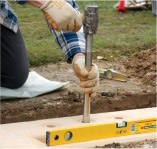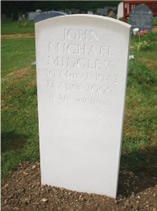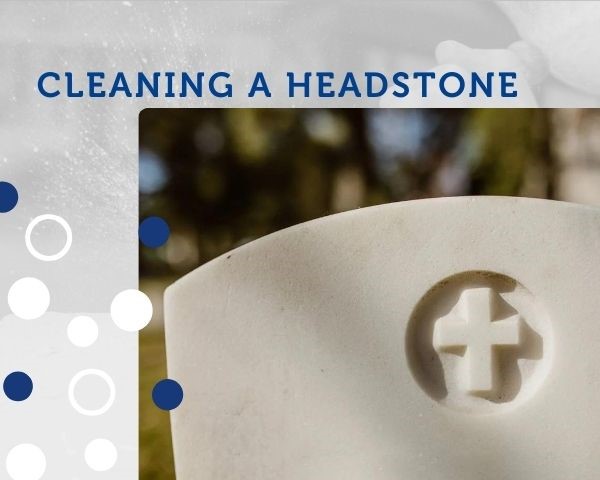Fixing
Monumental Masonry - Fixing a memorial.
Our stonemasons recognise the importance of securely fixing a memorial. No-one wants to see their stone tipping over, or worse, being taped up to a stake by cemetery staff. This page has some information about memorial fixing, and we will be happy to answer any questions you may have.
The National Association of Memorial Masons (NAMM)
NAMM sets the national standards for memorial fixing in its 'Code of Working Practice'. As members of NAMM, we are committed to keeping to these standards. When your new memorial is fixed, we will present you with a certificate stating that the work has been carried out correctly and giving you an address to contact in the unlikely event that you have a complaint that we are unable to resolve.
The Code of Working Practice sets strict criteria for the sizes of foundations, the dowels used for securing a headstone to its base, and all other fixing details, so you can be confident that the job is done properly.
How a Typical Lawn Memorial is Fixed
|
First, threaded stainless steel dowels are secured with resin into holes in the bottom of the headstone. These dowels go through holes drilled in the base, and nuts are tightened from underneath with a torque wrench to secure the headstone and base together with the correct pressure. A 3” thick reinforced concrete foundation will be set into the ground on site, and a stainless steel ground anchor driven through it to help prevent tipping. The end of the ground anchor is left sticking up and this locates into a hole in the middle of the base when the memorial is placed, so that the stone cannot fall. |
 |
Monolith Headstones
| Monolith headstones have a portion of the stone buried in the ground. The stone is fixed to a concrete foundation to ensure stability. |  |
Why Do Memorials Tip?
There are two usual reasons why memorials lean over. One is that an inadequate foundation or ground anchor has been used, the NAMM Code of Working Practice assures neither will be the case.
Occasionally, however, a memorial may tip if the ground it sits on was cut away during digging of the grave. Even if left for the usual twelve months to settle, the ground can still be unstable in these circumstances. The memorial should stand on uncut ground, but modern digging methods sometimes eat into this ground.
If the ground is obviously unstable, we will recommend delaying installation. However, we do monitor our recently-fixed memorials, and if ground movement does occur, we pride ourselves on rectifying the situation without delay and, of course, without charge




